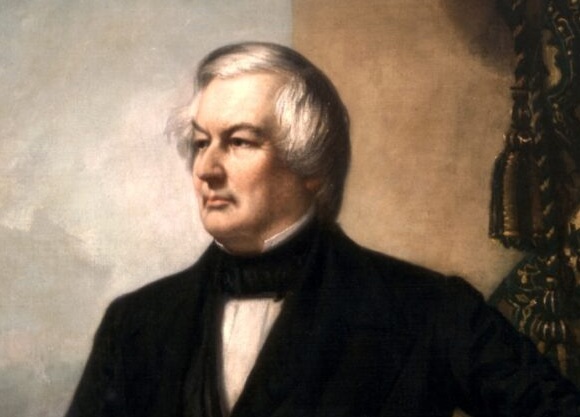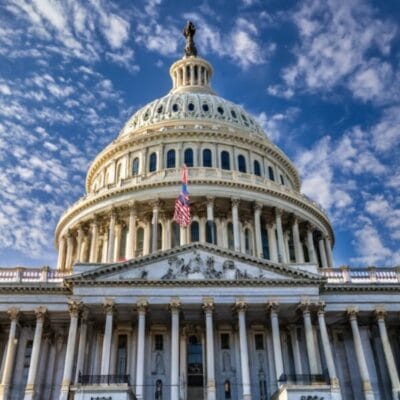Introduction
The Democratic Party, a cornerstone of American politics for over two centuries, finds itself at a crossroads as the political landscape undergoes profound shifts. With a rapidly changing electorate and the rise of new ideologies, the party faces an uncertain future as it grapples with internal divisions and external challenges.
Democratic Party Navigates Evolving Political Waters
- Demographic Shifts: The American electorate has grown increasingly diverse, with minority groups, particularly Hispanic and Asian voters, becoming more influential. This demographic shift has forced the Democratic Party to adapt its messaging and outreach strategies to appeal to a wider spectrum of the population.
- Ideological Polarization: The political climate has become increasingly polarized, with both major parties moving to the extremes of the political spectrum. This polarization has made it harder for the Democratic Party to find common ground with Republicans, leading to gridlock and legislative impasses.
- Rise of Populism: The rise of populism, both on the left and right, has presented a new challenge to the Democratic Party. Populist movements often tap into voter anger and resentment, offering simplistic solutions to complex problems. The party must find ways to address the concerns of populist voters without embracing their more extreme views.
Uncertain Road Ahead for Democrats in Changing Landscape
- Internal Divisions: The Democratic Party has long been a coalition of diverse factions, including moderates, progressives, and socialists. These factions hold differing views on issues such as healthcare, climate change, and economic policy, making it difficult for the party to present a unified front.
- External Challenges: The Democratic Party faces a number of external challenges, including the rise of Donald Trump’s Republican Party and the growing influence of conservative media outlets. These challenges make it harder for the party to get its message heard and mobilize its supporters.
- Future Prospects: The future of the Democratic Party remains uncertain. The party must adapt to the changing political landscape, address its internal divisions, and find ways to appeal to a broader electorate. If it can successfully navigate these challenges, it has the potential to remain a dominant force in American politics.
Summary
The Democratic Party faces an uncertain future as it navigates an evolving political landscape. Demographic shifts, ideological polarization, and the rise of populism pose challenges to the party’s ability to connect with voters and effectively govern. Internal divisions and external challenges further complicate the party’s path forward. However, the Democratic Party has a long history of adapting to change, and if it can successfully address these challenges, it has the potential to remain a major force in American politics.



